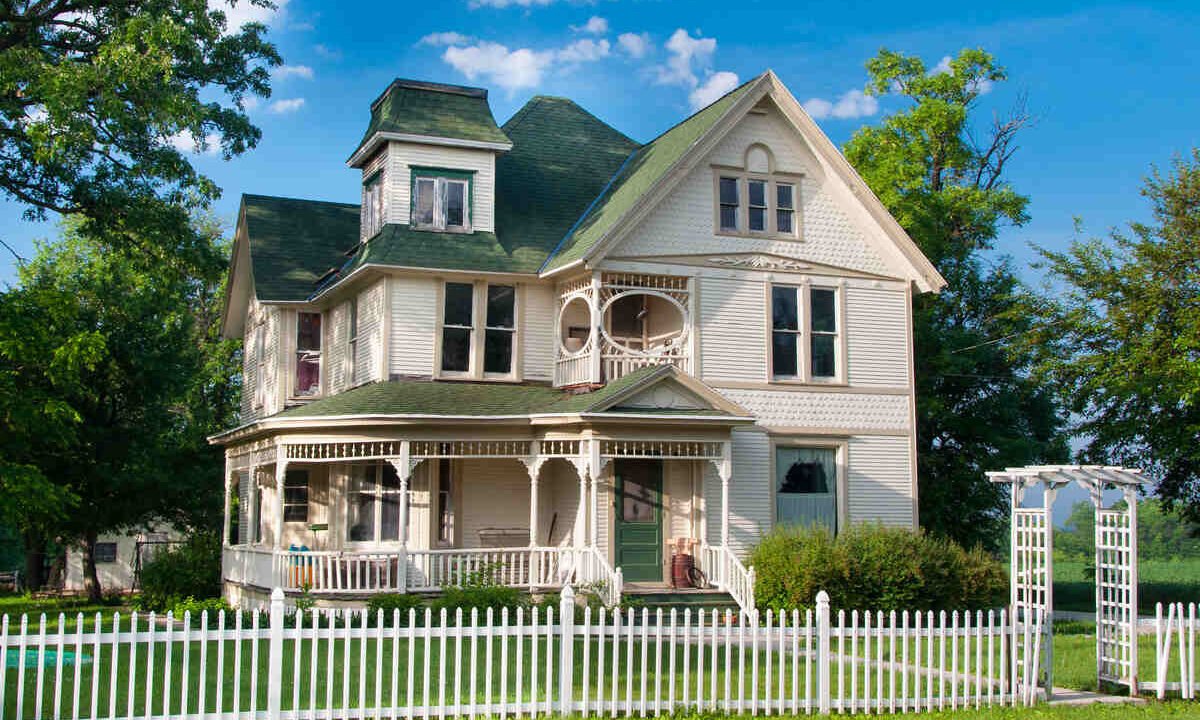

Add Your Heading Text Here
Introduction: Why Water-Wise Design Matters More Than Ever
Water isn’t just a utility—it’s a precious resource, and in many parts of the world, it’s becoming scarcer. Cities from California to Cape Town have faced drought warnings, water restrictions, and even the threat of running dry. At the same time, homeowners are feeling the pinch of rising water bills, making conservation not only environmentally responsible but also financially smart.
Water-wise remodeling—whether it’s updating your bathroom, revamping your landscaping, or building an entire home—offers a win-win: it reduces your household’s water footprint while creating spaces that are just as beautiful (if not more so) than traditional designs. Forget the idea of brown lawns and sterile bathrooms—modern drought-resistant homes can be lush, stylish, and comfortable.
In this guide, we’ll walk through everything from indoor upgrades to outdoor transformations, rainwater harvesting, cost benefits, and practical steps to make your dream of a drought-resistant home a reality.
1. Understanding Water-Wise Remodeling
Water-wise remodeling is about integrating design choices, fixtures, and landscaping techniques that reduce water consumption without sacrificing comfort, style, or functionality. This approach includes:
Efficiency – Using less water to achieve the same or better results.
Recycling – Reusing water where possible, such as greywater systems.
Smart Design – Creating spaces and landscapes that thrive naturally with minimal irrigation.
When done right, a water-wise home isn’t just environmentally friendly—it’s also more resilient to droughts, has lower utility bills, and increases your property’s resale value.
2. Indoor Water-Saving Strategies
Indoor spaces account for a large chunk of household water use, especially in bathrooms, kitchens, and laundry rooms. Here’s where to start:
A. Low-Flow Fixtures
Low-Flow Faucets – Reduce water flow from 2.2 gallons per minute (GPM) to about 1.5 GPM without losing pressure.
Showerheads – Modern low-flow models provide a spa-like experience while using up to 50% less water.
Dual-Flush Toilets – Offer two flush settings, using less water for liquid waste.
Pro Tip: Look for the WaterSense label—a certification by the EPA for water efficiency.
B. Greywater Systems
Greywater is gently used water from sinks, showers, and washing machines that can be reused for irrigation or toilet flushing. Installing a greywater system during remodeling makes the process easier and cost-effective.
Benefits:
Reduces dependence on municipal water.
Keeps landscaping green during water restrictions.
C. Smart Water Monitoring
Water leak detection and usage tracking devices, like Phyn or Flo by Moen, allow you to monitor water usage in real-time and detect leaks before they cause major damage.
3. Outdoor Water-Wise Landscaping
Your landscaping choices can make or break your water usage goals. Traditional lawns can consume 55 gallons of water per square meter per year—but water-wise landscaping can reduce this by up to 80%.
A. Xeriscaping
A landscaping philosophy that uses drought-tolerant plants, minimal turf, and efficient irrigation.
Replace water-thirsty lawns with native grasses.
Use mulch to retain soil moisture.
Group plants by water needs.
B. Native & Drought-Tolerant Plants
Choose plants that naturally thrive in your climate:
Succulents – Aloe, agave, echeveria.
Mediterranean Plants – Lavender, rosemary, thyme.
Native Grasses & Shrubs – Adapted to your local rainfall patterns.
C. Efficient Irrigation
Drip Irrigation – Delivers water directly to plant roots, reducing evaporation.
Rain Sensors – Stop irrigation during rainy days.
Smart Irrigation Controllers – Adjust watering schedules based on weather and soil conditions.
4. Rainwater Harvesting & Storage Solutions
Rainwater harvesting is one of the most sustainable ways to cut water bills and keep your landscaping lush.
A. Gutters & Collection
Install seamless gutters that funnel water into storage tanks.
Use leaf screens to prevent debris from entering the system.
B. Storage Options
Above-Ground Tanks – Affordable and easy to install.
Underground Cisterns – Space-saving and aesthetically discreet.
C. Uses
Irrigation
Outdoor cleaning
Toilet flushing (with proper filtration)
5. Integrating Water Efficiency into Home Design
When remodeling, water efficiency should be baked into the design rather than added as an afterthought.
A. Kitchen Remodeling Ideas
Install a dishwasher with high water efficiency ratings.
Choose a single-basin sink for less water use.
Add an instant hot water system to reduce wasted water waiting for heat.
B. Bathroom Remodeling
Go tankless with water heaters for better efficiency.
Use compact shower enclosures to limit water spread.
Opt for materials that resist mold and mildew, reducing cleaning water.
C. Laundry Room Upgrades
Front-loading washers use up to 50% less water than top loaders.
Consider laundry-to-landscape greywater systems.
6. Cost Benefits & Long-Term Savings
While some water-wise upgrades require upfront investment, the savings add up.
Example:
Low-flow toilet: Saves up to 13,000 gallons/year.
Drip irrigation: Can cut outdoor water use by 50%.
Rainwater harvesting: Reduces municipal water dependency.
Over 10 years, these measures can save tens of thousands of gallons—and thousands of dollars.
7. Challenges & Misconceptions
Myth: Drought-resistant landscaping is ugly.
Reality: Modern water-wise gardens can be lush, colorful, and full of texture.
Myth: Low-flow fixtures have poor water pressure.
Reality: New designs maintain strong pressure with aerators and improved engineering.
8. Practical Step-by-Step Remodeling Plan
Audit Your Water Usage – Track bills and find the biggest water-wasting areas.
Prioritize Upgrades – Start with easy wins like low-flow fixtures.
Plan Landscaping Changes – Design with native plants and efficient irrigation.
Add Water Storage – Install rain barrels or tanks.
Integrate Smart Technology – Use sensors and smart controllers.
Monitor & Adjust – Review usage every season.
Conclusion: Your Home, Your Impact
Water-wise remodeling isn’t about sacrificing beauty or comfort—it’s about building a home that works with nature instead of against it. From sleek low-flow fixtures to vibrant drought-tolerant landscapes, your home can look stunning while conserving one of our most vital resources.
By making these changes, you’re not just saving money—you’re contributing to a more sustainable future. And that’s a remodel worth investing in.
Recent Posts
- 🌿 Eco-Friendly Holiday Celebrations: 10 Sustainable Ways to Make the Season Special
- Cozy Holidays at Home: 10 Creative Ways to Make This Season Magical Without Traveling
- DIY Holiday Bliss: Easy Projects to Make Your Home Cozy, Warm & Festive
- Holiday Glow-Up: Simple DIY Projects to Transform Your Home into a Festive Wonderland
- The Ultimate DIY Home Remodeling Guide: 30 Transformations You Can Do Without Hiring a Professional
Recent Comments
Categories
- Blog
- Budget-Friendly DIY
- Careers
- Crafts and Hobbies
- Decor and Design
- Design
- Featured Post
- Holiday and Special Occasion Projects
- Home Improvements
- Home remodeling
- Innovation
- Inspiration and Ideas
- Lifestyle
- Outdoor Projects
- Step-by-Step Tutorials
- Technology
- Tips and Tricks
- Tools and Materials
- Travel
- Uncategorised
Search
Recent Post
🌿 Eco-Friendly Holiday Celebrations: 10 Sustainable Ways
- 29 November 2025
- 6 min read
Cozy Holidays at Home: 10 Creative Ways
- 29 November 2025
- 3 min read
DIY Holiday Bliss: Easy Projects to Make
- 28 November 2025
- 6 min read







